X
Kim Son District ( Ninh Binh Province) is a new land, located in the southernmost part of Ninh Binh Province, 27km from Ninh Binh City. In the past, it was a coastal marshland deposited by two large river mouths, Can River and Day River.
This land was recorded on the map of Vietnam in 1829, associated with the merits of Doanh Dien Su Nguyen Cong Tru (1778-1858). After nearly 200 years with 7 times of building dikes to reclaim the sea, the alluvial land of that day has become a prosperous coastal district, with developed economy , culture and education.
Kim Son is a land rich in natural and cultural tourism potential, one of seven planned tourist spaces of Ninh Binh tourist area, rich and diverse in natural resources and has great potential for tourism, especially eco-tourism.
Currently, Kim Son has become an attractive destination for many tourists, including some of the most prominent places that attract the most tourists, such as: Phat Diem Tile Bridge, Phat Diem Stone Church and Kim Son Floating Islet, Bai Ngang.
Phat Diem Stone Church
Kim Son is a Catholic land known as the "capital of Christianity" with many Catholic churches, notably Phat Diem stone church, which was ranked as a historical and cultural relic in 1998.
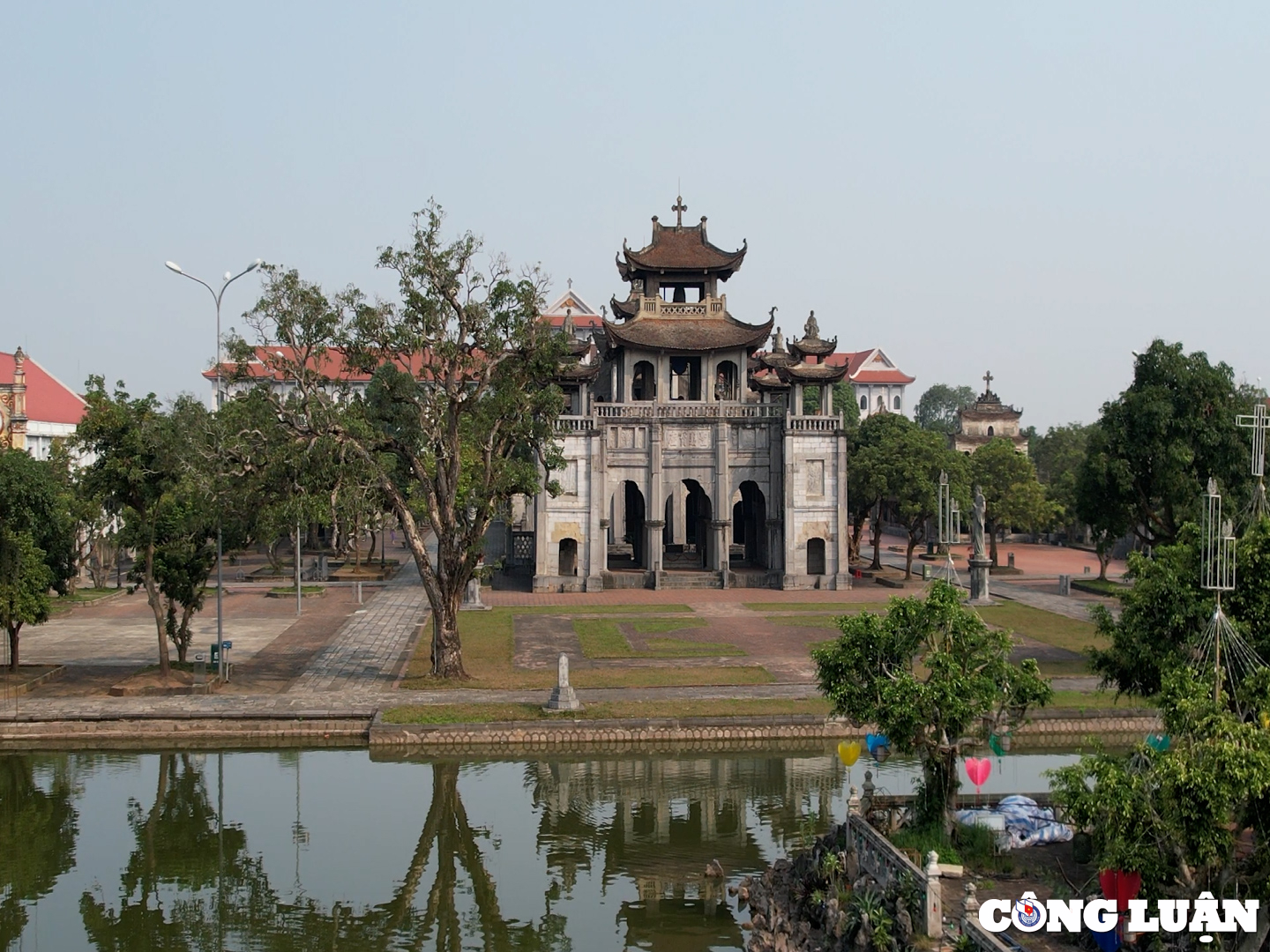
Phat Diem Stone Church Complex with 117m frontage, 243m long. The church area was built mainly of stone combined with wood over 24 years, from 1875 to 1899. The total area of the area is nearly 30,000 m² with 11 construction items.
Phat Diem Stone Church is a harmonious combination of Asian and European art, the quintessence of Buddhism and Christianity. Although it is a Catholic architectural work, it is built in the traditional temple architecture of our country, the church roof is curved like the curved roof of a Buddhist temple. Moreover, the Phat Diem Stone Church complex is built with many items but the feng shui space is opened and closed in a very clear Eastern style, with a lake in front and a mountain behind, expressing the concept of the Eastern people "Water in front, mountain behind".
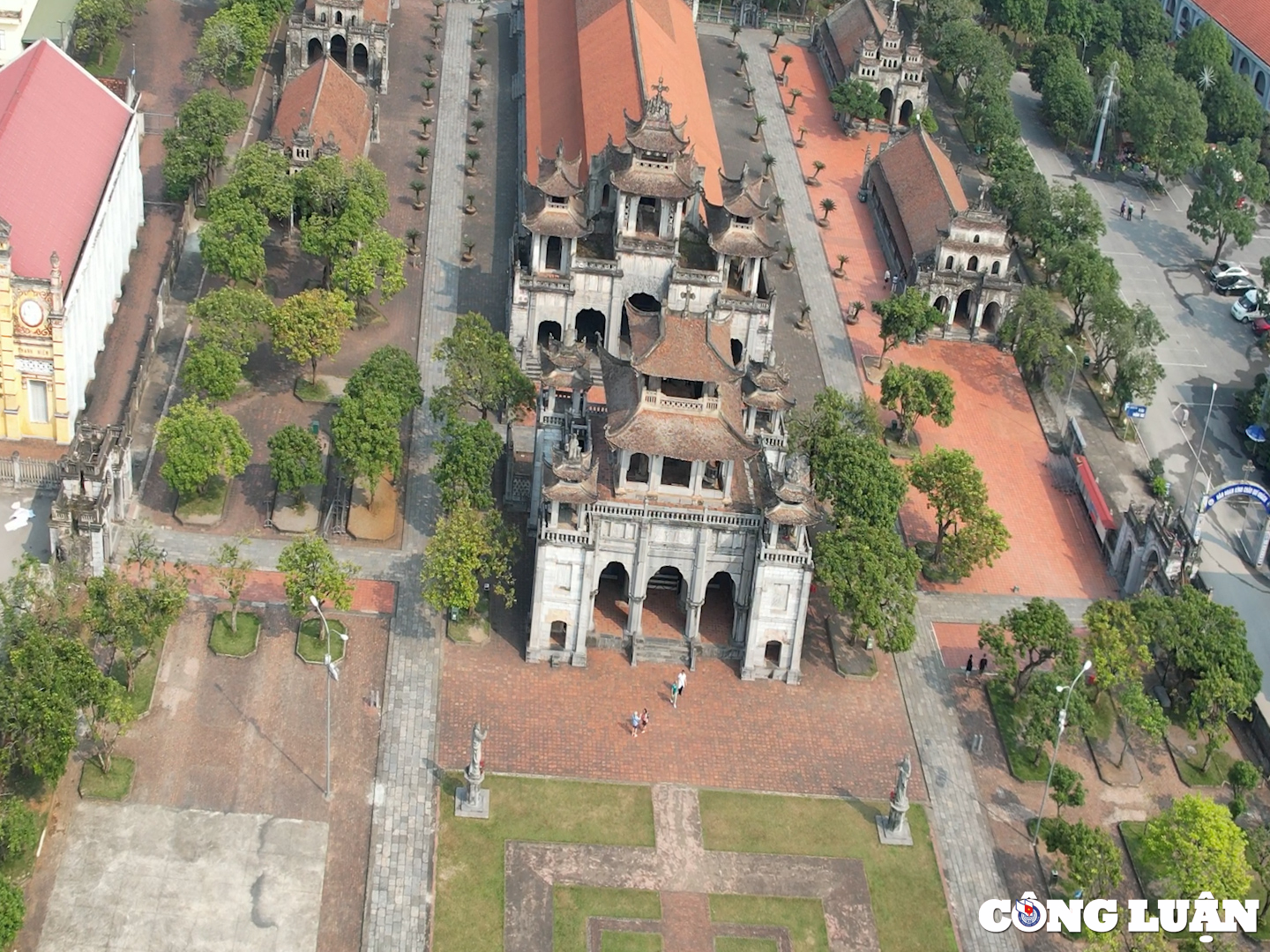
The most special thing in the architectural complex of Phat Diem Stone Church is the bronze bell and the stone church. The ancient bronze bell was cast in 1980 with a height of 1.4m and a diameter of 1.1m. The bell's sound echoes and can be heard even in the two neighboring provinces of Nam Dinh and Thanh Hoa. The stone church was built in 1883, all from the foundation, columns, walls, ... are made of stone with sophisticated and vivid carvings. This is the church with the most unique and novel architecture in Vietnam.
That is the uniqueness of Phat Diem Stone Church that no other church in the world has, a fusion of two cultures, a flexible creative combination.
Phat Diem Tile-Roofed Bridge - The historic bridge
Phat Diem Tile Bridge was started to be built by Mr. Nguyen Cong Tru to connect the two banks of the An River in 1902. It is a solid, sturdy bridge with unique folk architecture and cultural value.
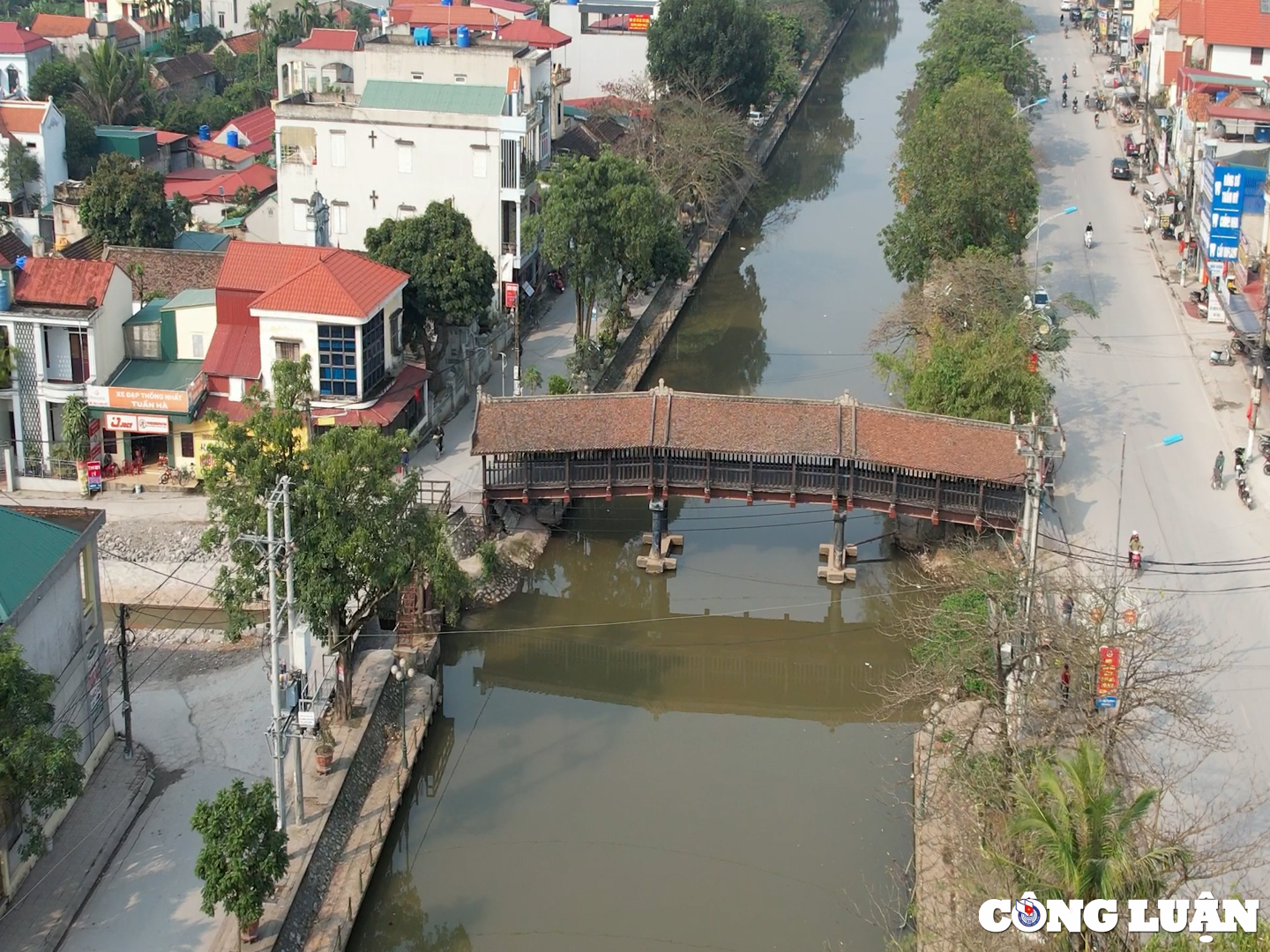
The bridge has a rainbow shape, 36m long and 3m wide. The bridge has 3 spans, each span has 4 compartments. On both sides of the bridge are two rows of railings and very sturdy pillars, all made of ironwood. The bridge roof is covered with traditional red tiles shaped like a communal house roof, symbolizing longevity and eternity. At both ends of the bridge are steps, only pedestrians can cross.
Not only having a traffic function, Phat Diem Tile Bridge is also the pride of Kim Son people. Below is the traffic road, above is the red tile roof, making the Tile Bridge look like a traffic house. The bridge has become a familiar stop to avoid the rain and sun, a place for dating of many couples, a cultural symbol of the simple and honest coastal people.
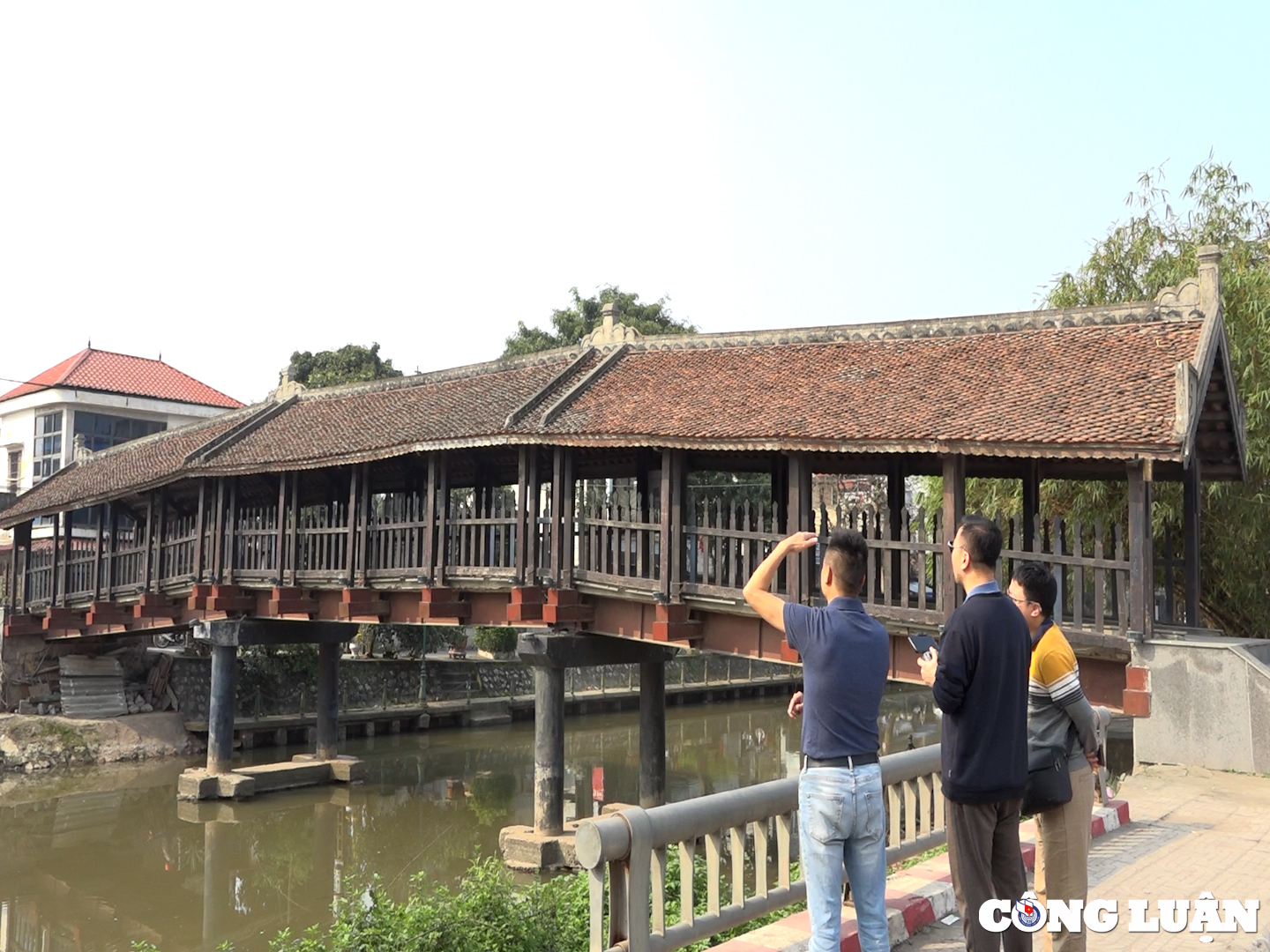
Over 100 years old, despite the storms and rain, Phat Diem Tile Bridge still maintains its solidity, sturdiness and unique ancient architecture. The bridge has stood there for over a century, as a historical witness to the lives of many generations of people as well as the innovation and development of Kim Son land.
Currently, Phat Diem Tile Bridge is one of three bridges with the most unique folk architecture that is still preserved and conserved to this day.
Kim Son Floating Islet
Kim Son has nearly 18 km of coastline located between the Day and Can River estuaries with strong geological changes. The coastal area of Kim Son is an important part of the world biosphere reserve. The entire area has an area of over 105 thousand hectares, a convergence of diverse species of flora and fauna, including many rare species.
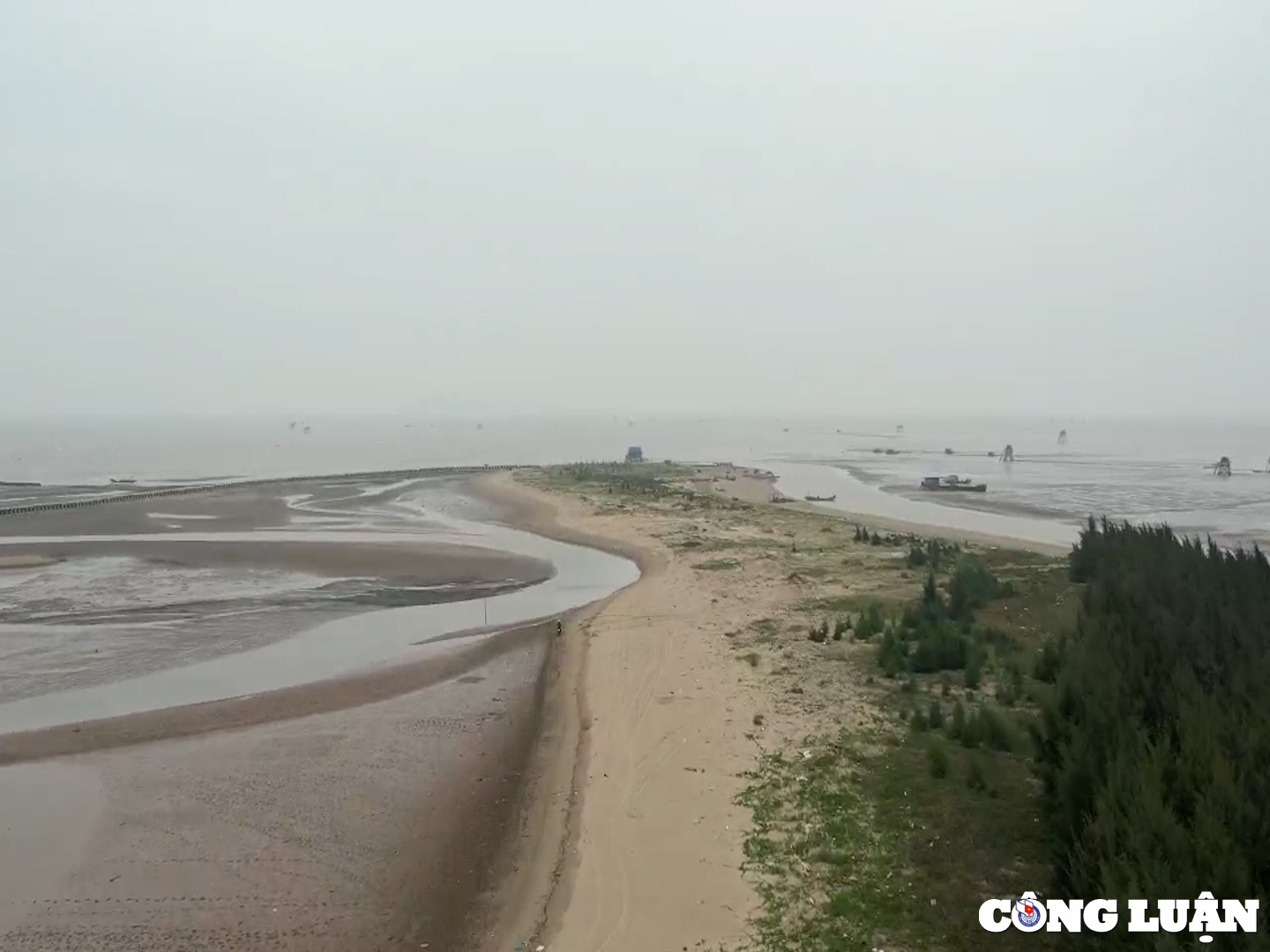
With a particularly valuable ecosystem, Kim Son district has 7 communes including Kim Hai, Kim Trung, Kim Dong, Kim My, Kim Tan, Con Thoi, Binh Minh which have been recognized by UNESCO as the buffer zone and transition zone of the Red River Delta Biosphere Reserve.
Con Noi Kim Son is located about 8km from Kim Son beach. The area of Con Noi is about 500ha, but with the pristine, clean, long sandy beach, it makes the space here more open, wider and has a poetic beauty.
In particular, Con Noi will be an ideal destination for those who love eco-tourism, sightseeing and learning about the natural world. Because this place is connected to the ecosystem chain of Kim Son sea including: about 200 species of birds, including nearly 60 species of migratory birds, more than 50 species of waterfowl, many rare species of birds listed in the world red book. Thousands of hectares of mangrove forests, salt marshes, coastal alluvial plains and estuaries with more than 500 species of aquatic flora and fauna and seagrass.
Walking on the clean, smooth golden sand of Con Noi, watching and learning about the activities of the natural world, listening to the peaceful breath of the sea, quietly watching the waves in the open space with fresh air will make people feel light and relaxed.
Nowadays, Con Noi has become an indispensable destination for tourists when coming to Kim Son. In the future, Con Noi has the potential to become an ideal beach, one of the unique tourist destinations, attracting a large number of domestic and foreign tourists.
Ngang Beach
Bai Ngang is vast and immense, of the sea, of the sky, and of young sedge fields. Thanks to its geographical location, which is alluvial alluvial all year round, always fertile, and the mangrove forest, it has become a shelter for many migratory birds, animals, creatures, plants and aquatic products. Especially, those are the birds that nest right at Bai Ngang. Their number is up to thousands in the heart of the beach. Therefore, rowing a boat on the mangrove water, you will see up close the beautiful white-feathered birds. They are not afraid of people, but you should not try to touch them to avoid endangering yourself!
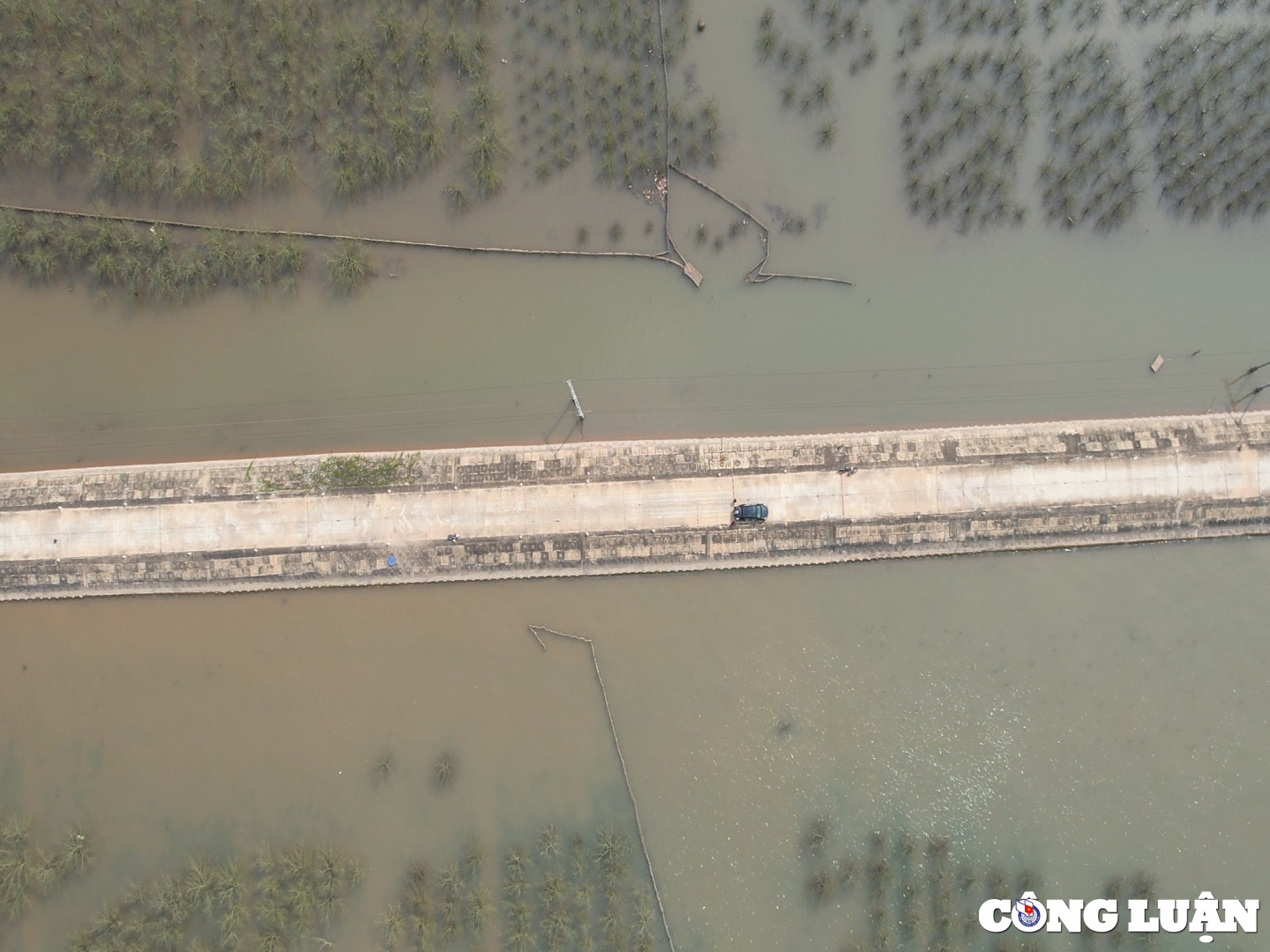
In particular, during the annual spring festival in January, the entire Bai Ngang will be flooded with fish, schools of fish will race to come here from the East Sea. Therefore, this will be a bumper season for the fishermen here.
Tourists can visit the entire Bai Ngang by taking a boat through the protective forest and then going up to the high tower to watch the birds and storks, and experience walking on the monkey bridge made of cajuput wood. More special is enjoying Ninh Binh specialties in the chirping of birds and the rustling of leaves, making your heart more peaceful and calm. This place is also blessed with an extremely rich source of aquatic products, so when you come here, you can support the fishermen. Guaranteed to be both cheap and delicious.
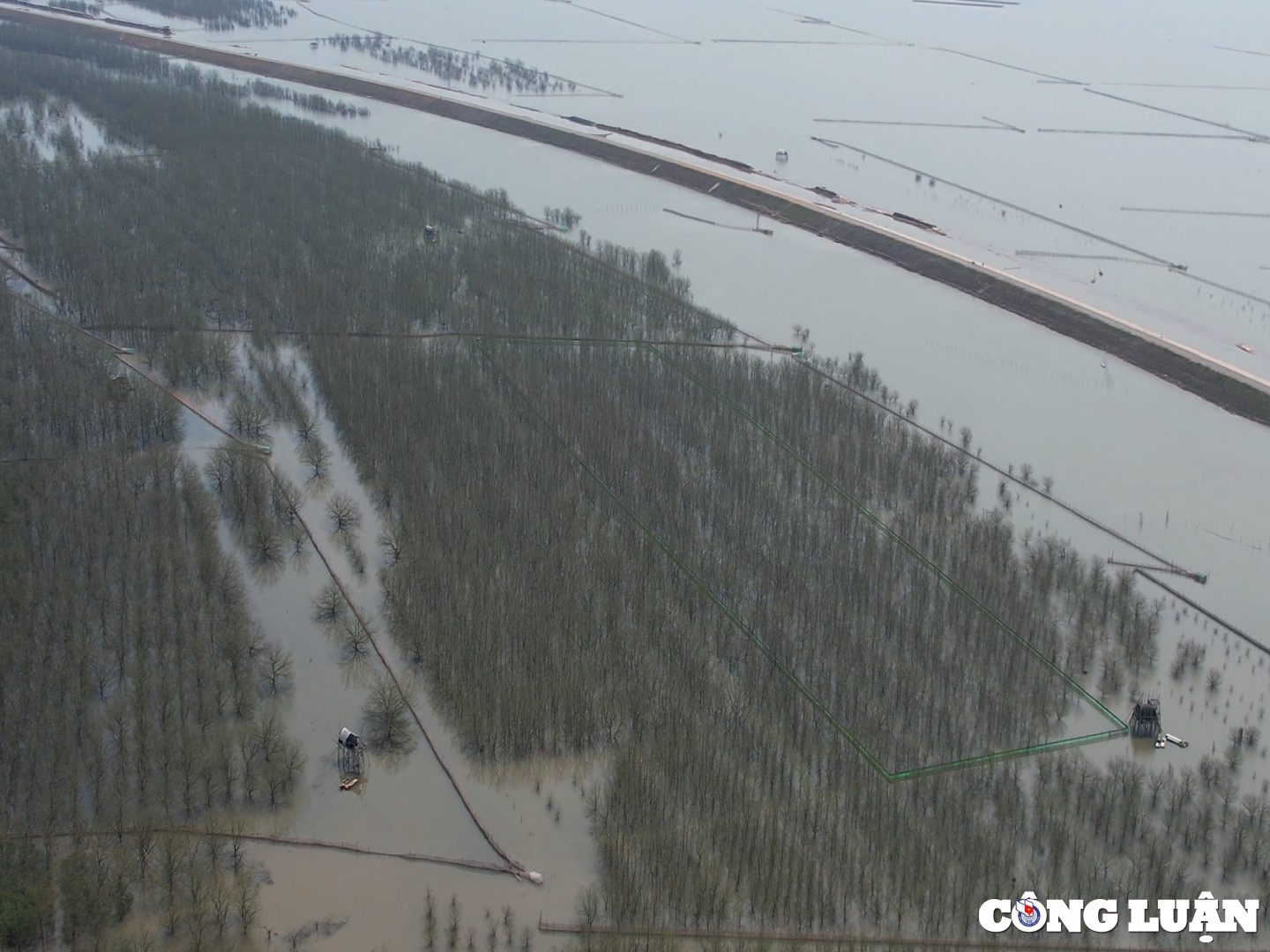
Coming to Bai Ngang - Con Noi, visitors can admire the vastness of the sea, the sky, and the vastness of young sedge fields. Along the coast of Ninh Binh, there are many beautiful bird gardens, especially tens of thousands of birds coming to nest right in the middle of Bai Ngang. Stopping here, you will be surrounded by canals, in front of you is the sea, forests and sedge fields.
Nguyen Cong Tru Temple
When traveling to Kim Son, you cannot miss the Nguyen Cong Tru Temple - the place to worship Doanh Dien Su Nguyen Cong Tru, who founded Kim Son district in 1829. Nguyen Cong Tru Temple is located in Quang Thien commune, Kim Son district, 26km southeast of Ninh Binh city, 2.5km from Phat Diem stone church.
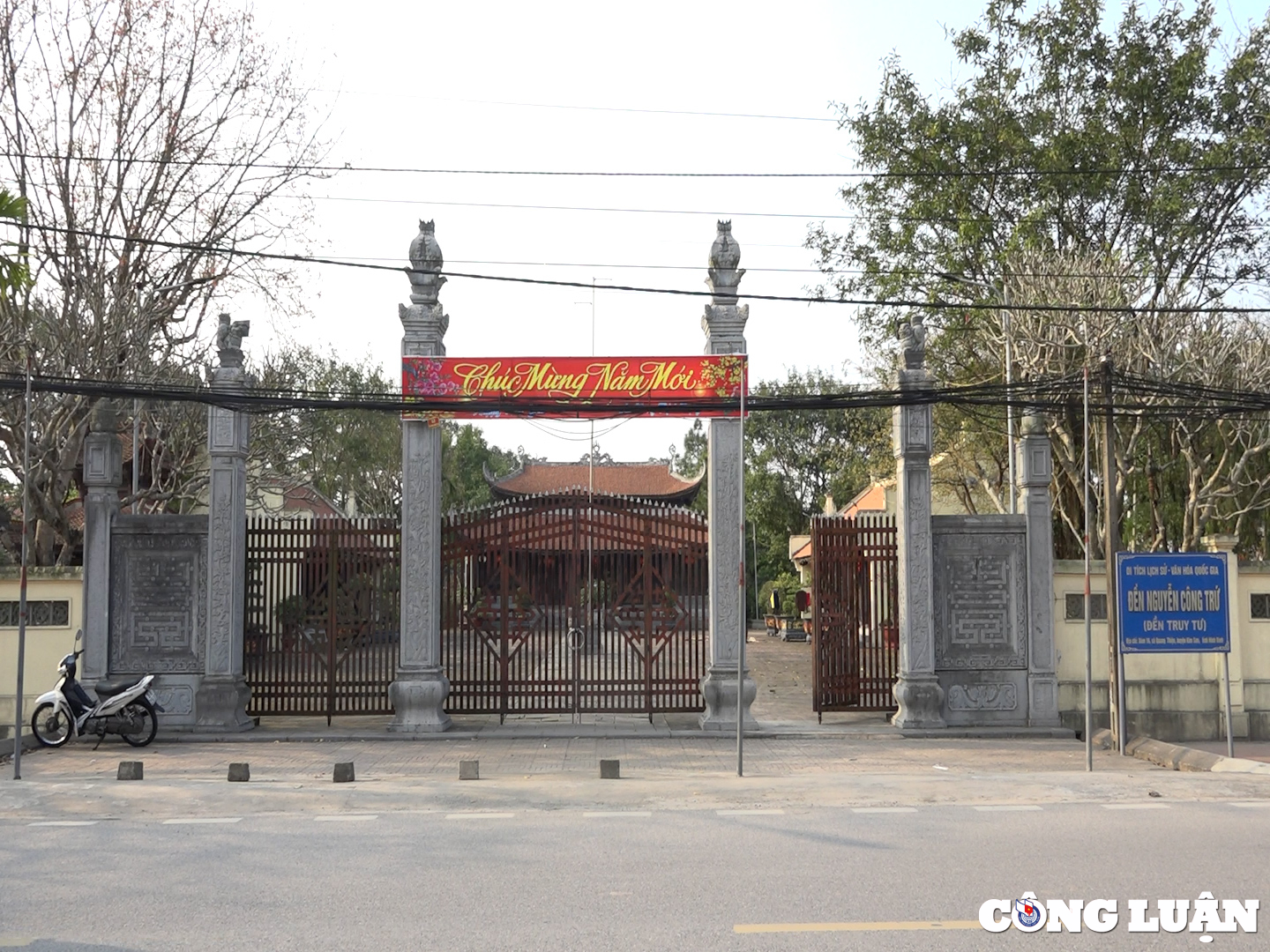
Nguyen Cong Tru Temple has the architecture of the Chinese character "Dinh", with 5 compartments in the front hall and 3 compartments in the back hall. Inside the front hall, there is an altar, a drum stand, a gong stand and 3 large inscriptions expressing the respect and admiration of the people of Kim Son district. The back hall has an altar for Nguyen Cong Tru.
Nguyen Cong Tru Temple has unique features that very few temples have. This is a temple made from a house built by Nguyen Cong Tru himself and lived there for a while; The temple was built when Nguyen Cong Tru was still alive; A temple where non-religious people, Buddhists and Christians all come to worship.
Dong Dac Pagoda
Similar to Nguyen Cong Tru Temple, Dong Dac Pagoda has a "Dinh"-Chinese character architecture, the horizontal part is the Front Hall, the vertical part is the Main Hall. The pagoda is located on a land area of about 5 acres in Dong Huong Commune, Kim Son District, 28km southeast of Ninh Binh City, 4km from Phat Diem Stone Church.
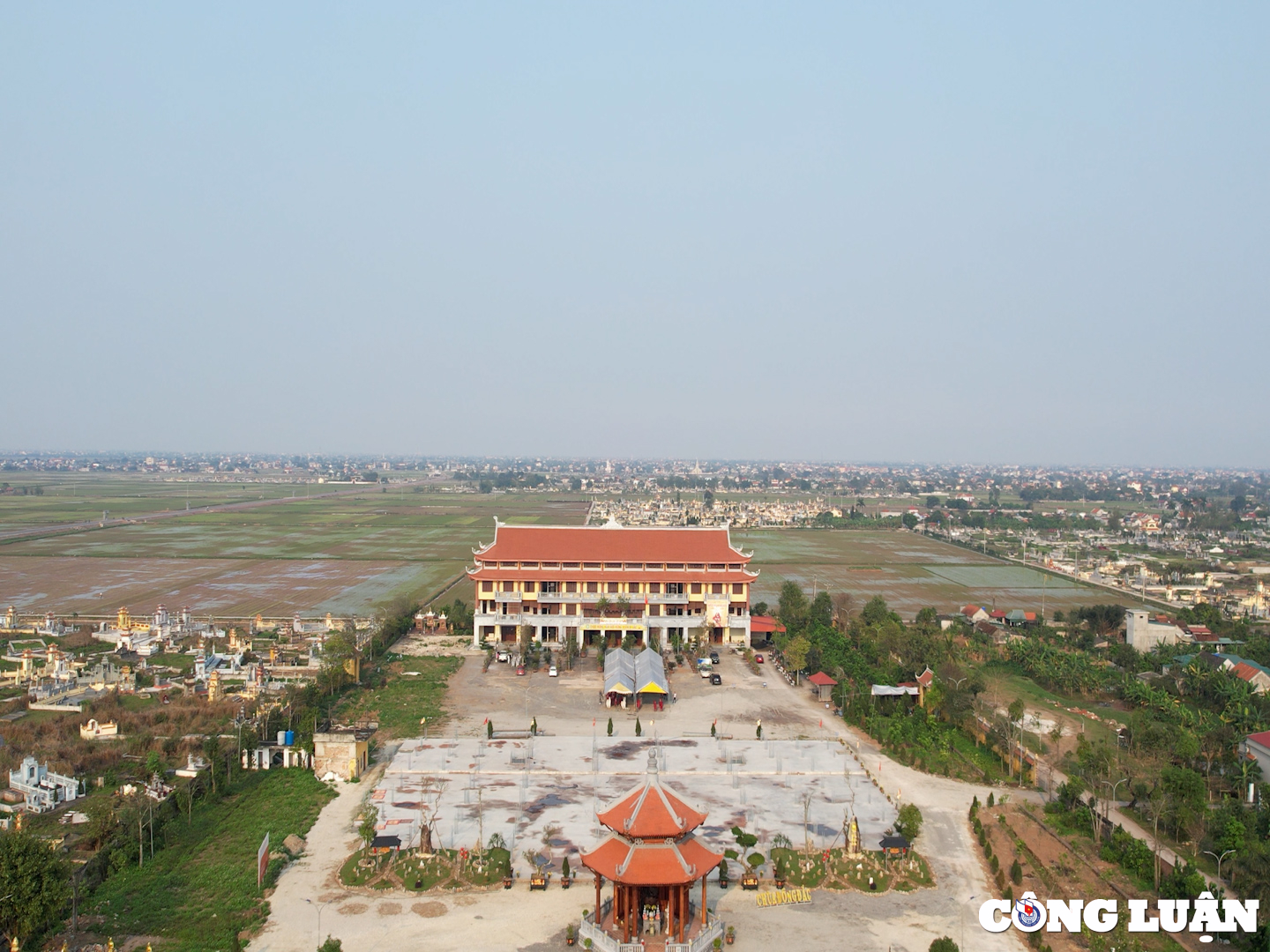
Dong Dac Pagoda has a front hall consisting of 7 large compartments, with statues of Duc Ong, Duc Thanh Hien and two Dharma Protectors. The main hall has 3 compartments for worshipping Buddha. It can be said that Dong Dac Pagoda is the earliest religious architecture in Kim Son land, even before Phat Diem Stone Church Complex.
Therefore, when coming to Ninh Binh, visitors can not only admire the majestic mountains, vast forests or winding rivers in the middle of immense fields, but can also discover a very unique beauty that cannot be mixed with the sunny and windy Kim Son coastal land.
Today, Phat Diem stone church, Con Noi Kim Son, Bai Ngang and Phat Diem covered bridge have become famous places near and far in this land. With favorable natural and social conditions, plus the skillful hands and creative minds of people, Kim Son promises to become more and more beautiful and developed, attracting more visitors from all over the world, continuing the heroic story of opening up land to pave the way for development from the ancestors of the people here.
Source



![[Photo] Prime Minister Pham Minh Chinh chairs meeting on draft Resolution of National Assembly on International Financial Center in Vietnam](https://vphoto.vietnam.vn/thumb/1200x675/vietnam/resource/IMAGE/2025/5/22/d398664ff1a140629169ea5a24e1b4d0)
![[Photo] T&T 1 and Ho Chi Minh City 1 People's Police Teams won the men's and women's team championships](https://vphoto.vietnam.vn/thumb/1200x675/vietnam/resource/IMAGE/2025/5/22/39db06ae67cb4001b7a556e8d9a56d07)
![[Photo] General Secretary To Lam chairs a working session with the Central Internal Affairs Commission](https://vphoto.vietnam.vn/thumb/1200x675/vietnam/resource/IMAGE/2025/5/22/3b7790f499da45b2803d8ae253207ef1)
![[Photo] Press delegation meeting to visit Truong Sa and DK1 Platform](https://vphoto.vietnam.vn/thumb/1200x675/vietnam/resource/IMAGE/2025/5/22/6b8d232877ec421a9e8187d83b9f8006)





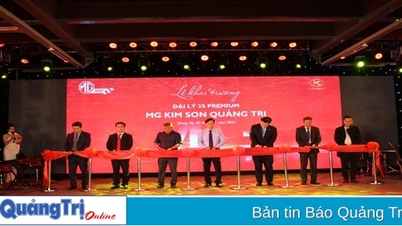

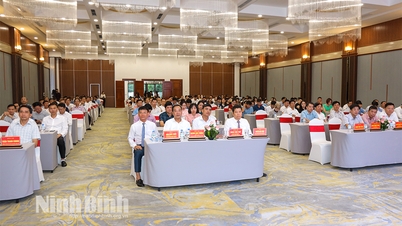
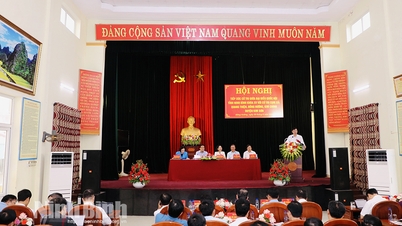



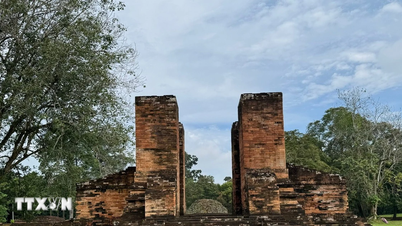





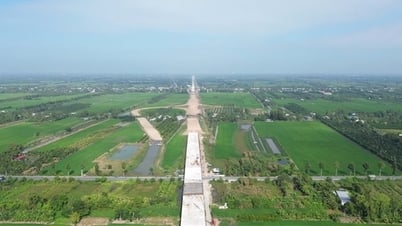













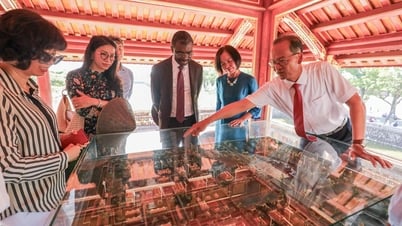







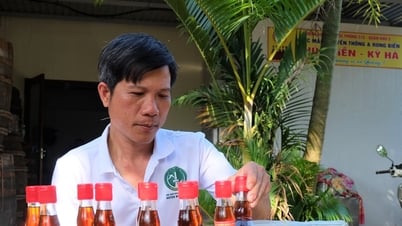



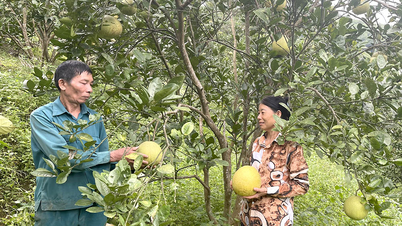

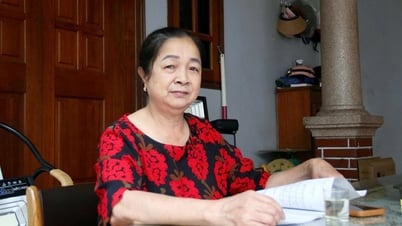













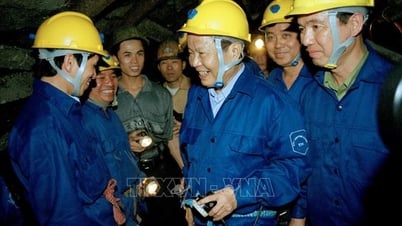
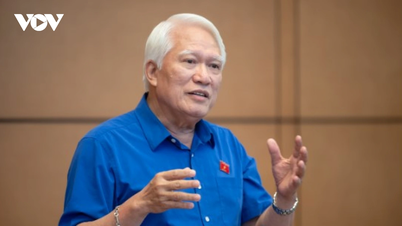








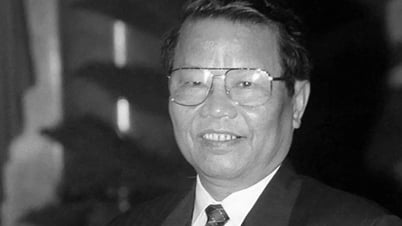








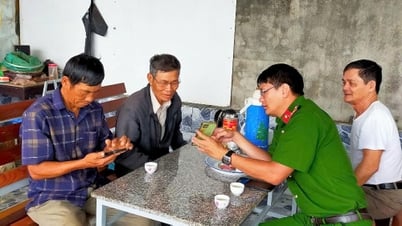



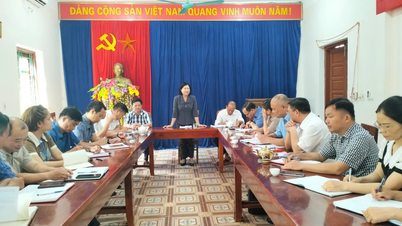

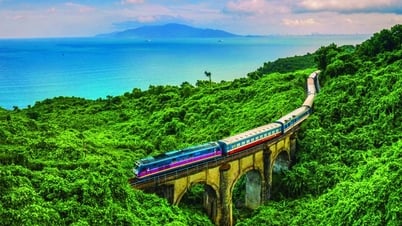







![[Podcast] Week introducing more than 500 OCOP products in Hanoi](https://vphoto.vietnam.vn/thumb/402x226/vietnam/resource/IMAGE/2025/5/22/d144aac2416744718388dbae3260e7fd)



Comment (0)